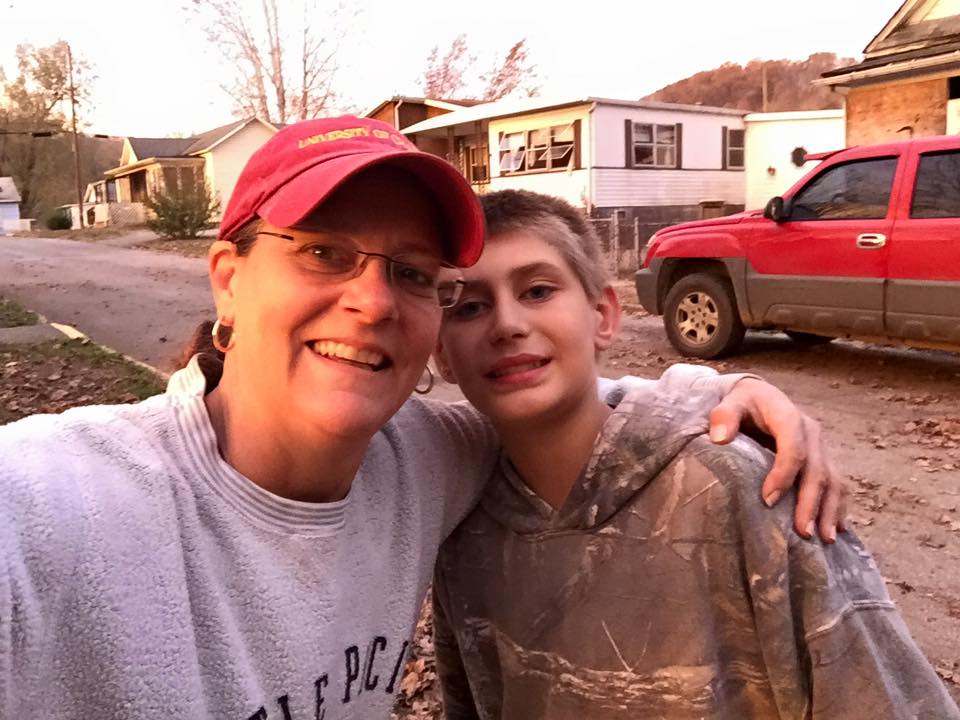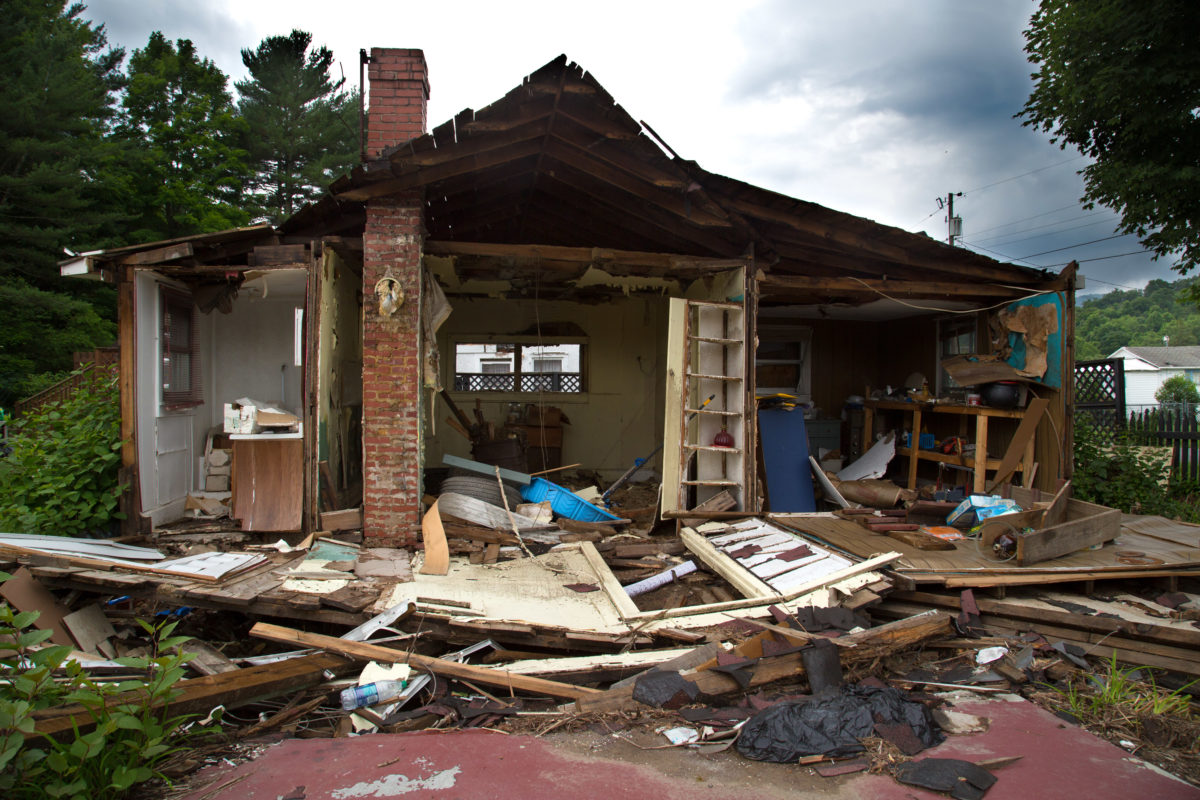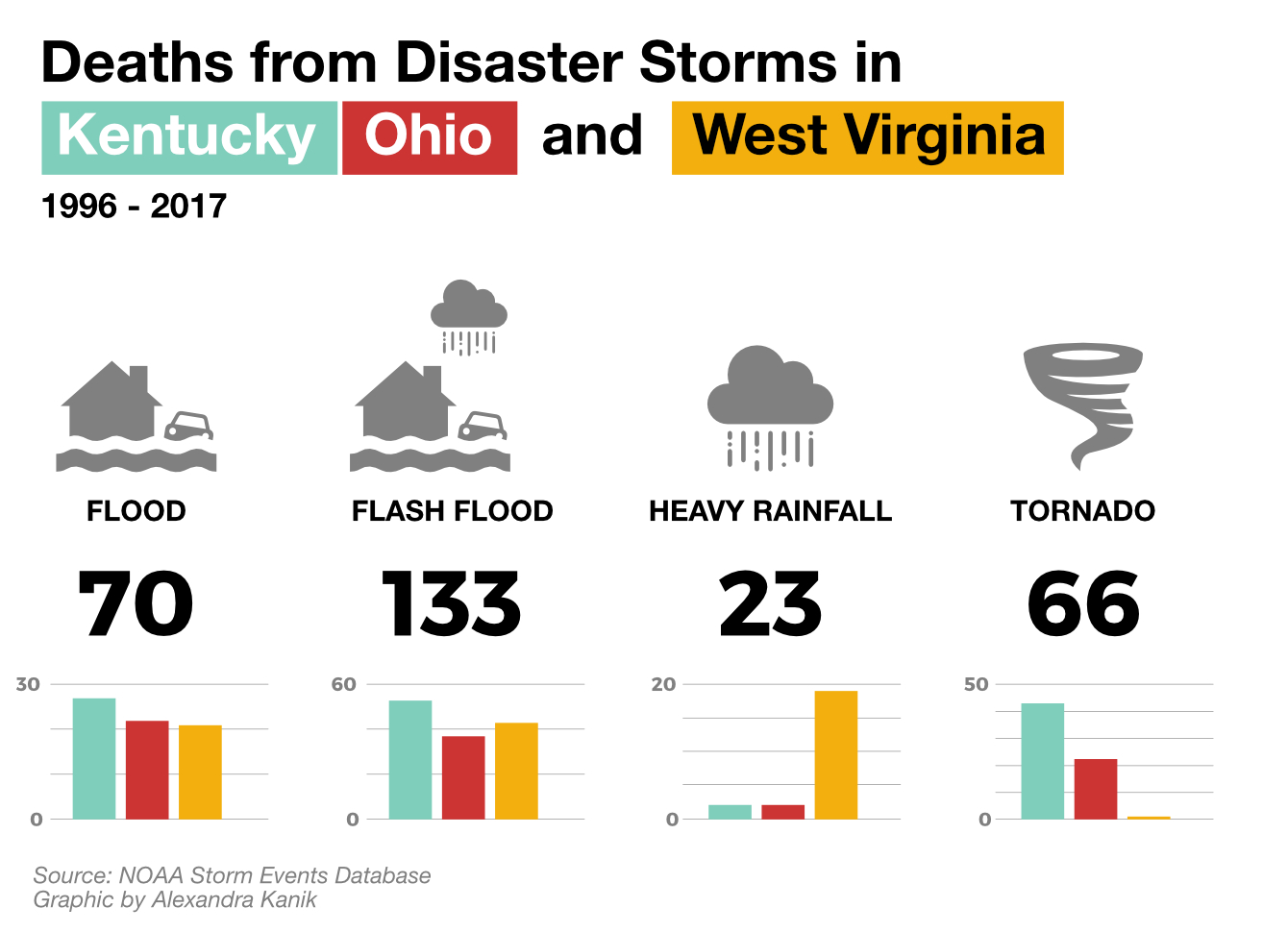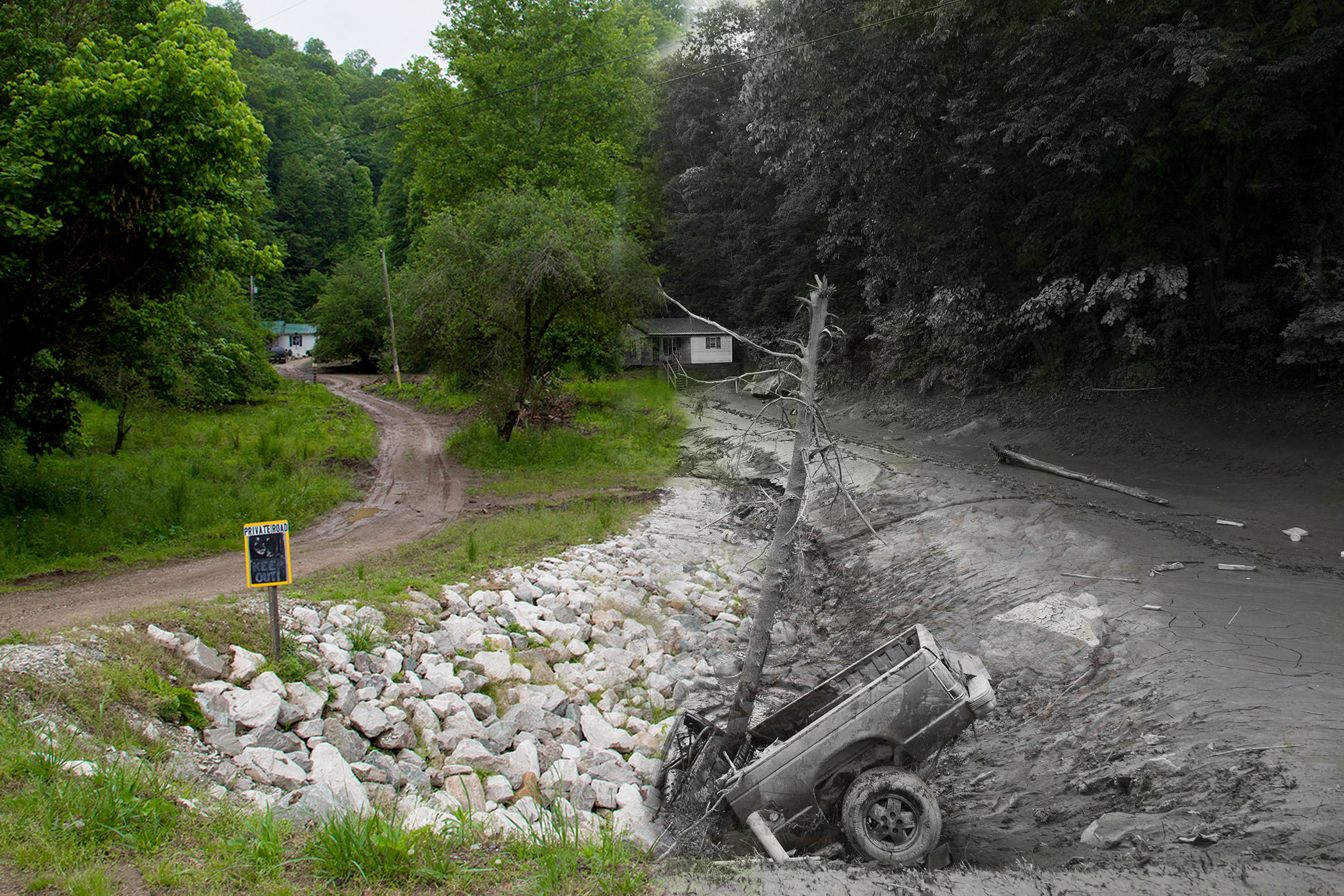News
The New Normal: Super-Storms Highlight Importance Of Disaster Planning
By: Glynis Board | Ohio Valley ReSource
Posted on:
Harvey. Irma. Maria. The hurricane season’s super-charged storms have highlighted the importance of disaster planning, and the aftermath offers a fresh lesson in just how long and difficult recovery can be.
Communities in the Ohio Valley, some still recovering from flash floods themselves, are looking at ways to prepare for what emergency management professionals warn is an era of more frequent extreme weather.
It’s time, experts say, to get ready for the new normal.
“Night From Hell”
In late June, 2016, rain fell hard and fast over West Virginia’s steep hills and narrow valleys, causing creeks and rivers to rise to levels scientists say are likely to occur only once every thousand years. Twenty-three people died.
“That was like the night from hell,” Susan Jack recalled.

Jack was in the process of moving away from her home town of Clendenin along the Elk River, about 20 miles northeast of Charleston. A contract job was coming to an end and she had just put her belongings into storage units. Then the storms came.
“I ended up carrying my 90-year-old great aunt through floodwaters that night to get out,” she said. “It just came up so fast that you really didn’t have a whole lot of time to respond. But we got to safety and we actually spent the night in a GoMart parking lot at the top of the hill.”
Instead of moving away as planned, Jack got swept up in the current of disaster response. She’s now the executive director of the Greater Kanawha Long-Term Recovery Committee.
“It’s my job now…to make sure that people do not forget that we’re not finished here yet,” Jack said.
Clendenin is now 15 months into recovery. Disaster experts anticipate 3 to 4 more years before all needs have been met. Flash flooding is not unusual in West Virginia’s harsh terrain but the scale and frequency of flooding are becoming more intense.
“Floods are a part of life when you live on a river, but nothing like this,” Jack said. “This was just unlike anything any of us had seen.”
New Normal
Climate scientists and emergency planners say the data support what Susan Jack and others are seeing on the ground. Extreme weather events are increasing. The National Climate Assessment, a comprehensive report compiled by numerous federal agencies, shows that heavy downpours have become more common over the past several decades, especially in the Midwest and Northeast. And the report projects that frequency and intensity of extreme precipitation events will increase as the climate continues to change.

Timon McPhearson is an expert in community resilience and a professor of urban ecology at the New School in New York. He worries that federal assistance isn’t keeping pace with devastation left in the wake of increased extreme weather events occurring throughout the country.
“If we take climate change seriously and we take the science behind it seriously,” he said, “we’re going to need a much stronger and more robust FEMA with a much larger pile of cash that is able to do emergency response.”
The Federal Emergency Management Agency last year gave out $42 million in West Virginia. And those figures don’t begin to match the value of lost property.
“FEMA assistance doesn’t make you whole,” Tom Hart said. He’s an emergency manager in northern West Virginia. “It’s something there to help but it doesn’t make you whole.”
Hart’s section of the state was hit again by flooding this year. His region is now shifting into long- term recovery mode after flash floods took his community by surprise twice in July.
“We have people that were flooded that were still cleaning up from that when they got hit again,” he said. That brought a disaster declaration, and more than $2 million in aid from FEMA.
Each state, county and several cities have disaster preparedness agencies tasked with planning for emergency response. Many leaders of those agencies, like Kentucky’s Director of Emergency Management, Michael Dossett, are reviewing and adapting those plans in light of higher incidences of extreme weather. Dossett said Hurricanes Harvey and Irma are just the latest examples.
“We’re into the new normal,” Dossett said.
“They’re massive systems and they loiter over specific real estate for much longer than the timeline for previous disasters. The damage is more extreme, the heartbreak for our citizens across the nation is expanded.”

Disaster managers like Dossett in Kentucky and Hart in West Virginia coordinate response and preparedness efforts among agencies and community partners. They conduct training and drills, study infrastructure, and systematically analyze response events after they occur.
Much of the work involves decisions about large-scale infrastructure and long-term planning. But both men also stressed the importance of individual awareness and readiness.
“You have to be you have to be a little bit more alert, you know, about your surroundings,” Hart said.
Are there debris in streams, downed trees near culverts, weakened bridges or roads nearby? Hart also encouraged people to think about the vulnerabilities of neighbors and potential industrial hazards.

Hart and other experts said they store water in their homes as well as medical supplies, generators, candles and even items like camp stoves and small propane bottles. They say it’s best to have enough on hand to be self-sufficient for at least 72 hours. These experts want disaster preparedness to become a cultural norm, along the lines of smoke alarms and safety belts.
“More Valuable Than Money”
From her recovering community in Clendenin, Susan Jack wondered how many disasters it will take to change the culture throughout the Ohio Valley.
“Unless you’ve been through this, you just don’t get it. You don’t have a clue,” she said. “It’s tough to get what needs done, done. Because there’s no sense of urgency.”
The storms brought a lot of change for Jack and she said it forced her to rethink some priorities. All her belongings in a storage facility were gone.
“I lost everything.”
She found it hard to get reimbursement for items lost in storage and didn’t have time to challenge when her claim was denied.

“It changes your perspective on life so much,” she said. “I look back on it now and I’m like, ‘What in the world are you thinking to have four storage units full of stuff anyway?’”
Now, like many flood victims, she lives with a mountain of debt, broken credit, and all the pain, heartache and humiliation that go with it. But Jack said her work helping others recover has given her peace of mind.
“I sleep like a baby at night because I know that I did everything in my power to try to help my community,” she said. “And you know, sometimes I think maybe that’s more valuable than money.”
Rural towns like hers in long-term recovery still need skilled volunteers such as carpenters and contractors. But she said wherever and whenever floods hit next, she and others who experienced disasters will be ready with knowledge to share about how to pick up the broken pieces.

